The Best Non-Toxic Dinnerware for Your Kids + Toddlers 🍽️
I am always looking for healthier options for my children.
Bonus points when they are functional in both this season and for years to come. 👏
I have been a mom for over 4 years now, and it is safe to say that I have spent most of that time in the "kinda crunchy" camp. Some things I am more adamant about, others I try to bring flexibility. One thing I try to always be mindful of is the exposure of toxic chemicals to their tiny bodies.
Whenever someone talks about "harmful chemicals," it all sounds so scary. So this post is aimed at sharing why we try to avoid certain ingredients, and the healthier alternatives we love!
My Holistic Approach to Safe Materials
I am not one to fear-monger, and have personally eaten off my fair share of Styrofoam 🤪 I am not striving for perfection, just making better choices overall. Here are some factors I consider when evaluating our toxin burden:
Frequency of use- Is this something I am using every single day (or even multiple times a day)? The more often I use a product, the more intentional I try to be about the ingredients and composition.
Exposure to heat- Is this something that is being heated by hot food regularly? Or in a hot dishwasher? Heat can often cause the breakdown of materials and cause leaching of chemicals.. if the answer is yes, then I will prioritize options made from non-toxic materials
Cost and Longevity- is this an item that has a healthier alternative, but is way more expensive? I may consider just sticking with the conventional, especially if it is an item that we are only using for a short season. Or is making a greater financial investment worth it for an item that we are going to use for multiple children for a long time? In that case, we would probably purchase the higher quality item that offers more longevity!
The Problem With Conventional Kids' Food Plates and Bowls
Most of us have been there—grabbing that brightly colored plastic plate or cartoon-covered bowl off the store shelf because it looks cute, promises to be “kid-safe,” and seems totally practical. But here’s the thing: many conventional kids’ dinnerware products are made with materials that can pose hidden health risks, especially over time.
Here are some of the most common concerns:
Plastic Can Leach Harmful Chemicals
Many kids’ plates and bowls are made with plastics that contain BPA, BPS, phthalates, PVC, or melamine. These chemicals are known endocrine disruptors, which means they can interfere with hormone function—something especially concerning for young, developing bodies.Melamine Isn’t Microwave-Safe (Despite How It’s Marketed)
Melamine is a popular material in kids’ dinnerware because it’s lightweight and shatter-resistant. But when heated—especially in the microwave—it can leach formaldehyde and melamine monomers into food. Despite manufacturers often labeling melamine as “top rack dishwasher safe,” it should never be used for hot foods or drinks.Scratches and Stains Can Harbor Bacteria
Many plastic dishes scratch easily over time, especially when used with utensils. These tiny grooves can harbor bacteria and make cleaning less effective. Plus, stained or warped plastic may indicate chemical breakdown, especially after repeated washing or microwaving.No Transparency About Materials
Unlike baby bottles and food packaging, which are more strictly regulated, there’s often little oversight when it comes to labeling kids’ plates and cups. Some products labeled “BPA-free” still contain BPS or other equally concerning substitutes. And “bamboo” plates may actually be made of powdered bamboo mixed with plastic binders—without clearly disclosing it.Environmental Waste
Many conventional dishes are made from non-recyclable plastic materials that contribute to long-term environmental waste. Kids grow fast, and when dishes need to be replaced every few months due to wear, those cute plates often end up in landfills.
Related Reads:
Safer Natural Materials Non-Toxic Dinnerware
When it comes to feeding our little ones, safety and simplicity matter—especially when it comes to what their food touches. Many mainstream kids’ plates, bowls, and cups are made with plastic that can leach harmful chemicals like BPA, phthalates, or melamine, especially when heated. Choosing nontoxic, natural materials is a great way to reduce your child’s exposure to potentially harmful substances while also being kinder to the planet.
Here are some of the best safe, natural materials for kids' dinnerware:
Bamboo Dinnerware (Without Melamine Binders)
Bamboo sounds eco-friendly—and it can be. The catch? Many bamboo plates and bowls on the market are made from “bamboo fiber,” which is combined with melamine resin to bind the materials. When heated (in the microwave or dishwasher), melamine can leach chemicals into food. If you choose bamboo, look for solid bamboo dinnerware or brands that clearly state they are free from melamine and plastic binders.Stainless Steel - This is a great option! Make sure you are purchasing items that are pure stainless steel and not mixed with any heavy metals. They are extremely durable and easy to clean! The only downside is they are a bit loud when dropped (thrown by toddlers 🤪).
Silicone (Food-Grade, Platinum-Cured)
Silicone is durable, flexible, and free of BPA, lead, PVC, and phthalates when made to food-grade standards. It doesn’t leach chemicals when exposed to heat and is dishwasher-safe, making it a parent favorite. Look for platinum-cured silicone for the highest quality and purity. Bonus: it’s dishwasher-safe and heat-resistant.Wooden plates (Naturally Finished)
Wooden dishes, utensils, and bowls bring a warm, earthy feel to the table and are a beautiful natural option. Opt for hardwood varieties (like beech or maple) and make sure they’re finished with food-safe oils rather than chemical-laden varnishes. Hand-washing is best to preserve their longevity and safety.
Kevin’s orange chicken, some roasted veggies from the garden, organic jasmine rice cooked in bone broth, and some Thrive Market soup dumplings! Our healthier alternative to takeout Chinese ☺️
My Favorite Stainless Steel Kids Plates
For a while, I have had a combination of the occasional plastic plates and plastic bowls with our more-frequently-used food-grade silicone options. I would use the plastic items for dry snacks (think trail mix or crackers) and be mindful of keeping them out of high heat.. and use the silicone items for our hot foods and most meals. This worked fine for a while. But I felt like my kids were outgrowing the suction cup bottom and some of the pieces began to show some wear.
I did a lot of research on what plates would be great for the toddler phase, but also grow with my kids as they get older. Not to mention.. should we have any other babies in our home down the line (🤪), I want them to work for baby plates too. Plus, I wanted to prioritize something that was dishwasher safe. All of that led me to Elkie and Friends.
We bought a set of their plates, silverware, and straw cups.. and now they are my top recommendation for all my mom friends. Not only are they made with safe materials, but they score a 10/10 for longevity, which helps to reduce cost and waste long-term.
Truly, the most versatile non-toxic kid cups I have seen. They can be a straw cup, an open cup, or a snack storage container 👏
Stainless Steel Cup- These cups are a great size for little hands, while also being suitable for older kids too-- let me explain! For little kids, it functions like any other straw cup on the market (with a soft silicone straw-- please please do not give your little ones rigid straws. Former ER nurse that has seen way too many palate injuries *end soap box rant*) You can then transition it to an open cup. And finally, the set comes with a closed lid to transition it to a snack container for older children (or really, the whole family). Literally genius and a great option for extending the lifespan of items you bring into your home.
Stainless Steel Cutlery- I like that these are a perfect "middle road" option for kids cutlery.. They are not your thick starter baby fork or spoon, or a straight-up stainless steel fork that seems a little intimidating for a toddler. Instead, their "baby spoon" is the perfect size for both my 2 year old and my four year old, and it would be totally appropriate for any young kids.
Stainless steel plates- My favorite feature of these is that the silicone sleeve on the bottom is fully removable! My son still benefits from the suction bottom (which by the way is very strong), but my daughter, not so much. I love that these plates are functional for everyday use for both big kids and older babies, while being a good option for family dinners when we have allll different ages of kiddos present. The plates also have a divider, which I find helps young kids with spoon and fork skills.
Final Thoughts
Finding the best items for our children can be so difficult— especially when there are so many different factors to consider: cost, functionality, longevity, composition, etc. As parents, we always want to do the absolute best for our kids that we can. So it can sometimes feel really overwhelming feeling like you need to replace “toxic” items.. I am a firm believer in a balanced and holistic approach to wellness, without all the stress. Parenting can already be so stressful- we have far more important decisions to make than cups and bowls. So, if you are making the best decision you can for your kiddos, you are already doing amazing. 🫶🏼
If you are looking for a balanced and holistic approach to making more mindful choices for your home, check out my ebook Peace out Plastic: Your Stress-Free Guide to Reducing Plastic for Holistic Wellness. Inside is a whole chapter on recommendations for how to make healthy decisions for your kiddos, without getting rid of every piece of plastic in your home 🙃
Let me know, what are some of your favorite “healthier” kids’ brands and products?! I am always looking for new ones to try and test out for the blog.
Kaelyn

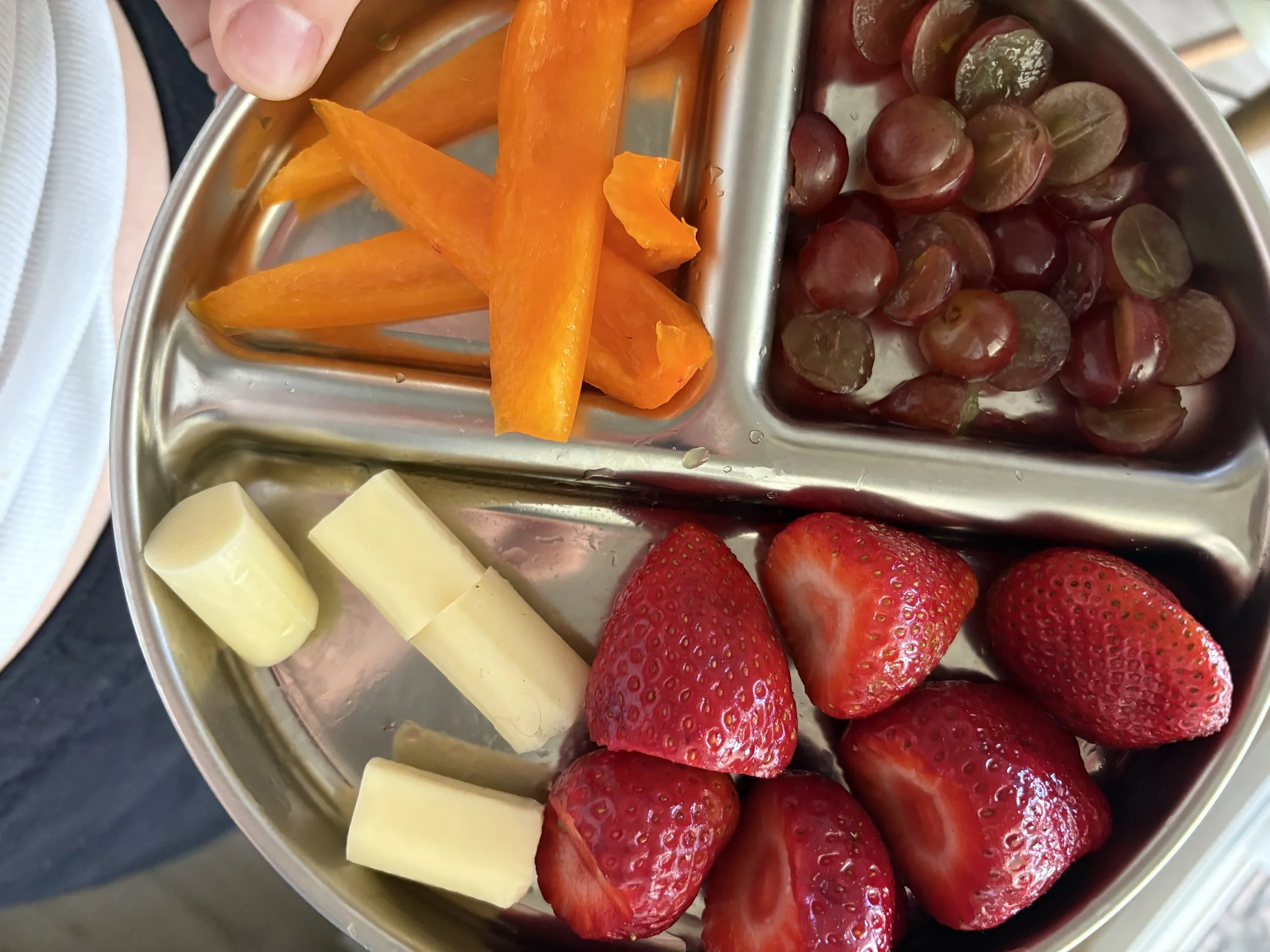








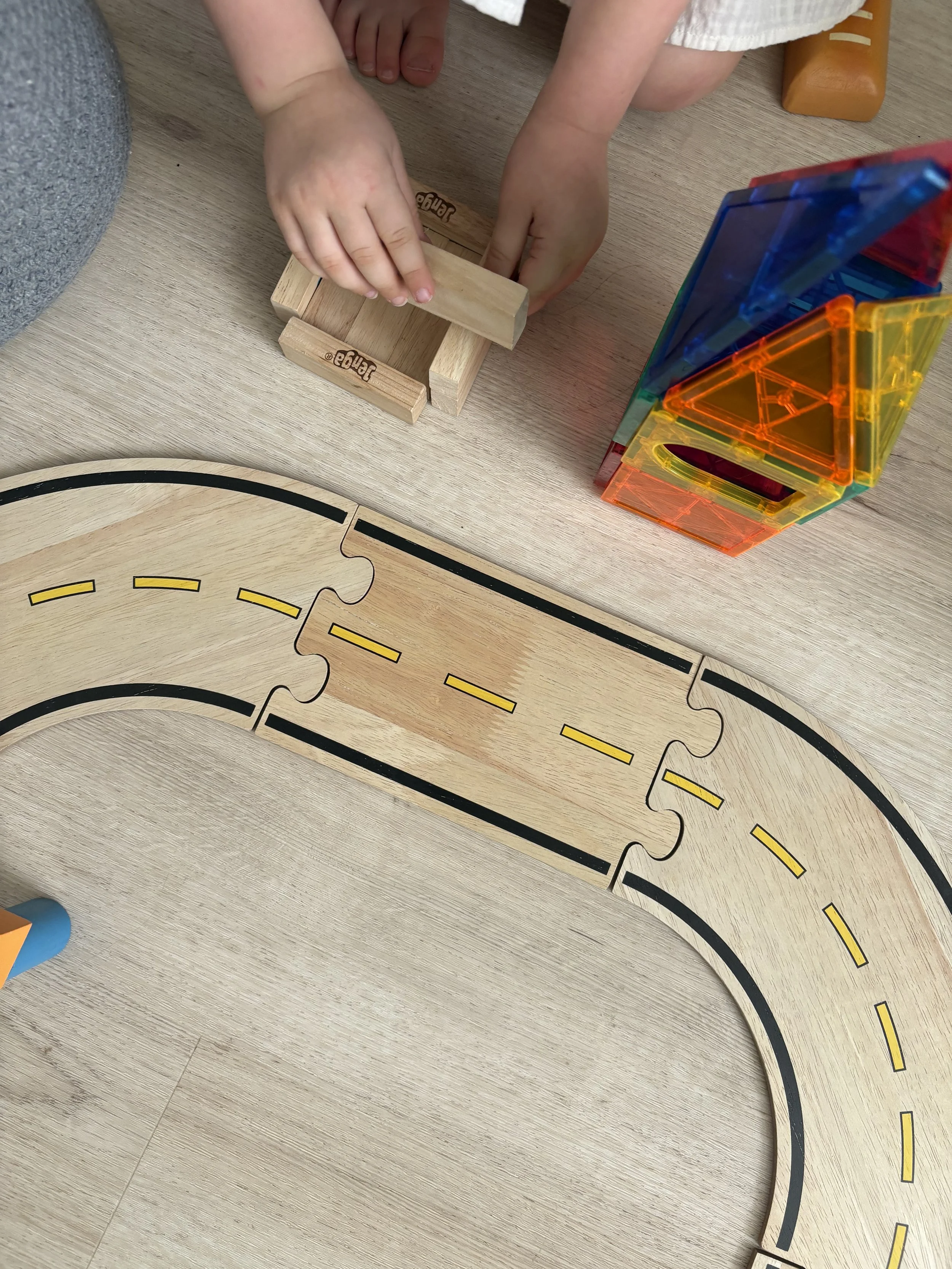
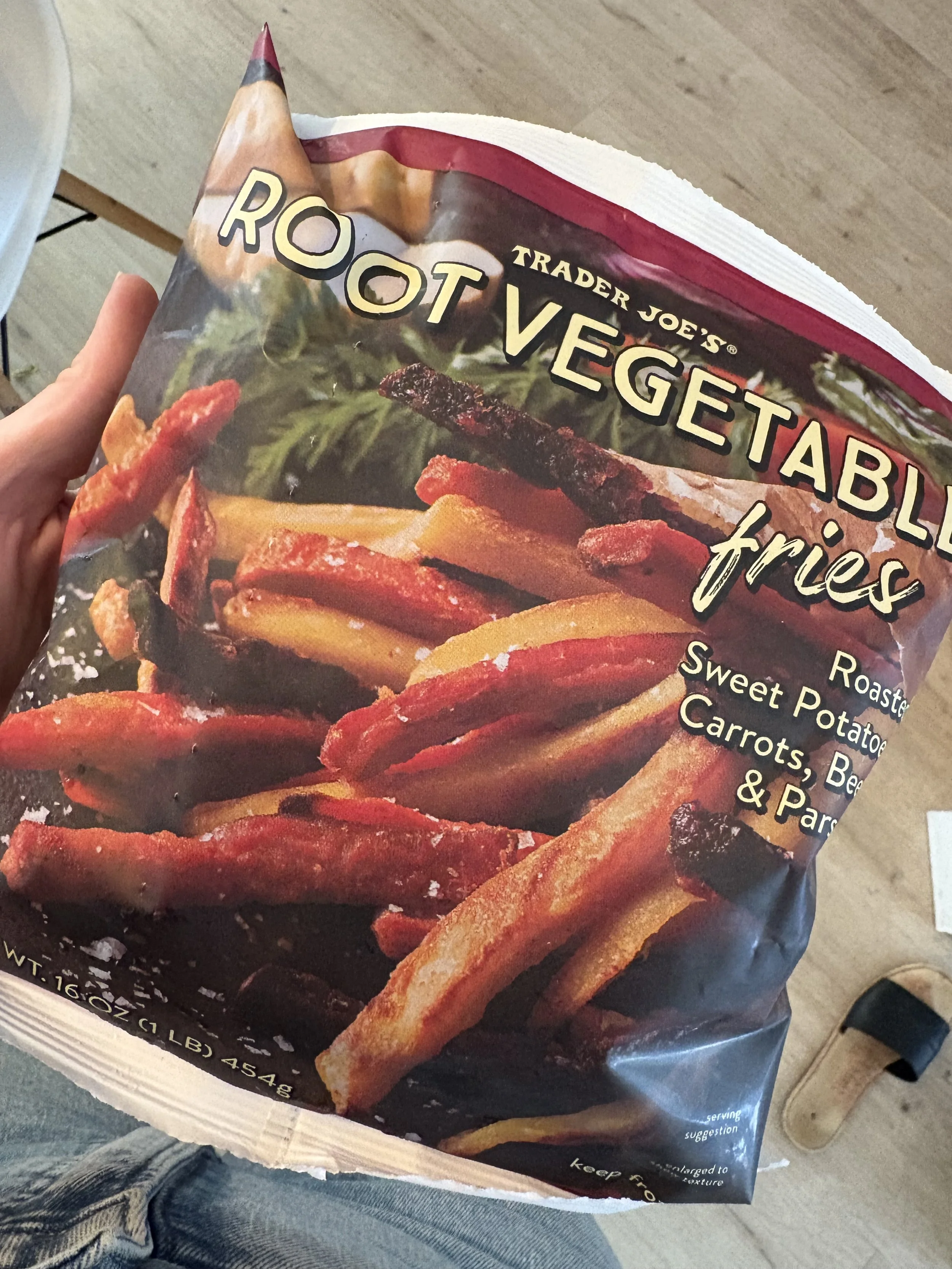
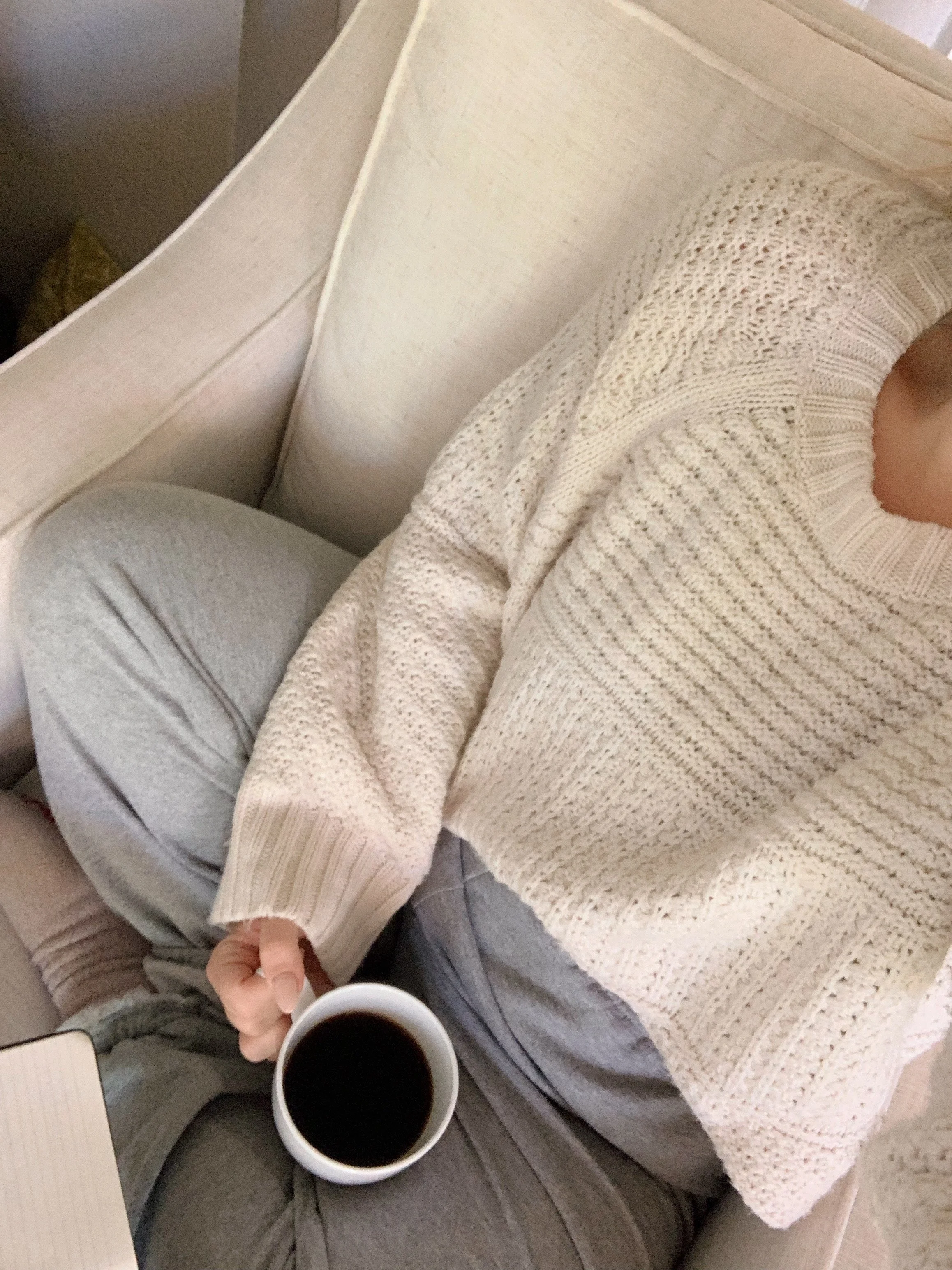
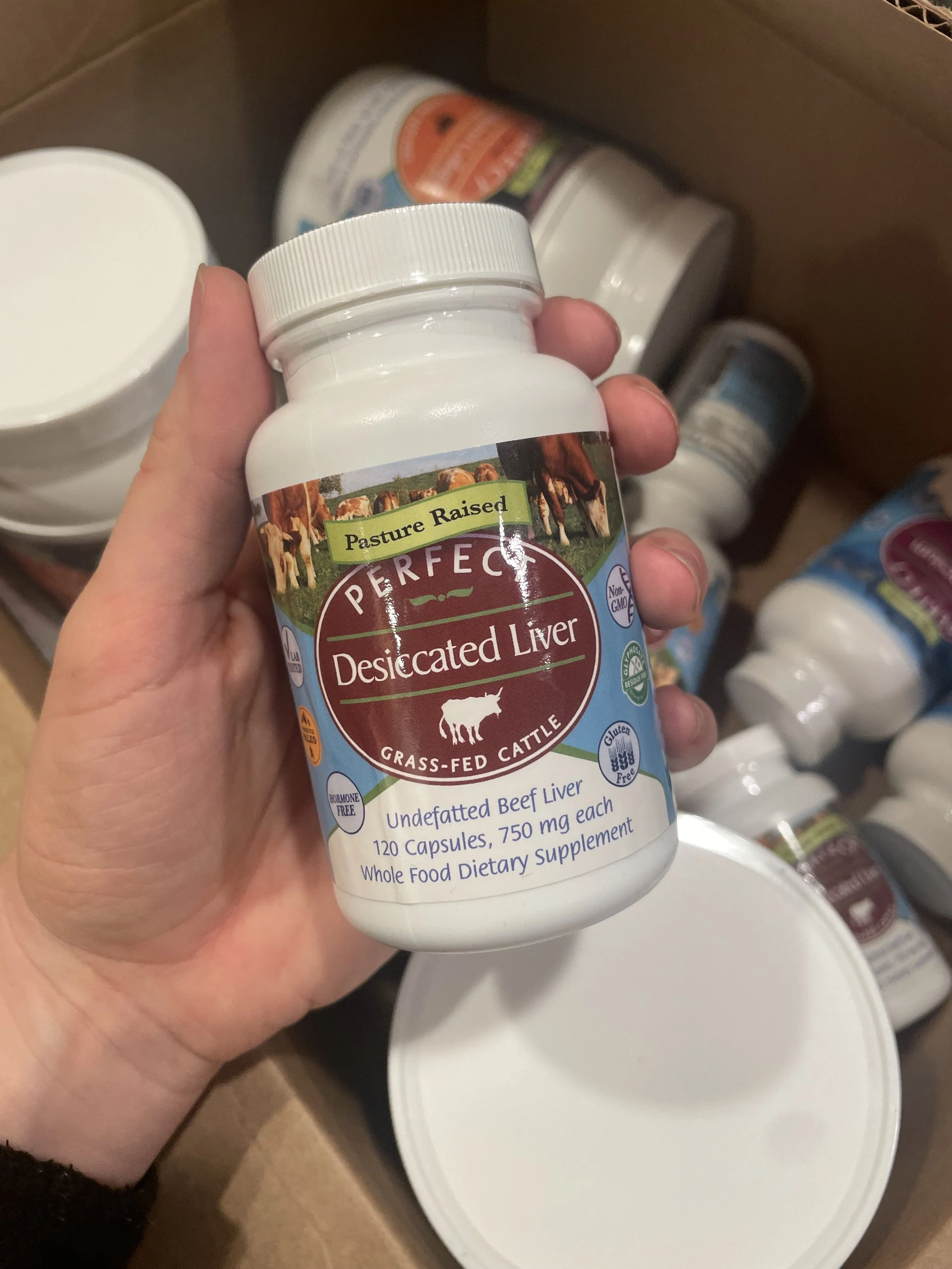
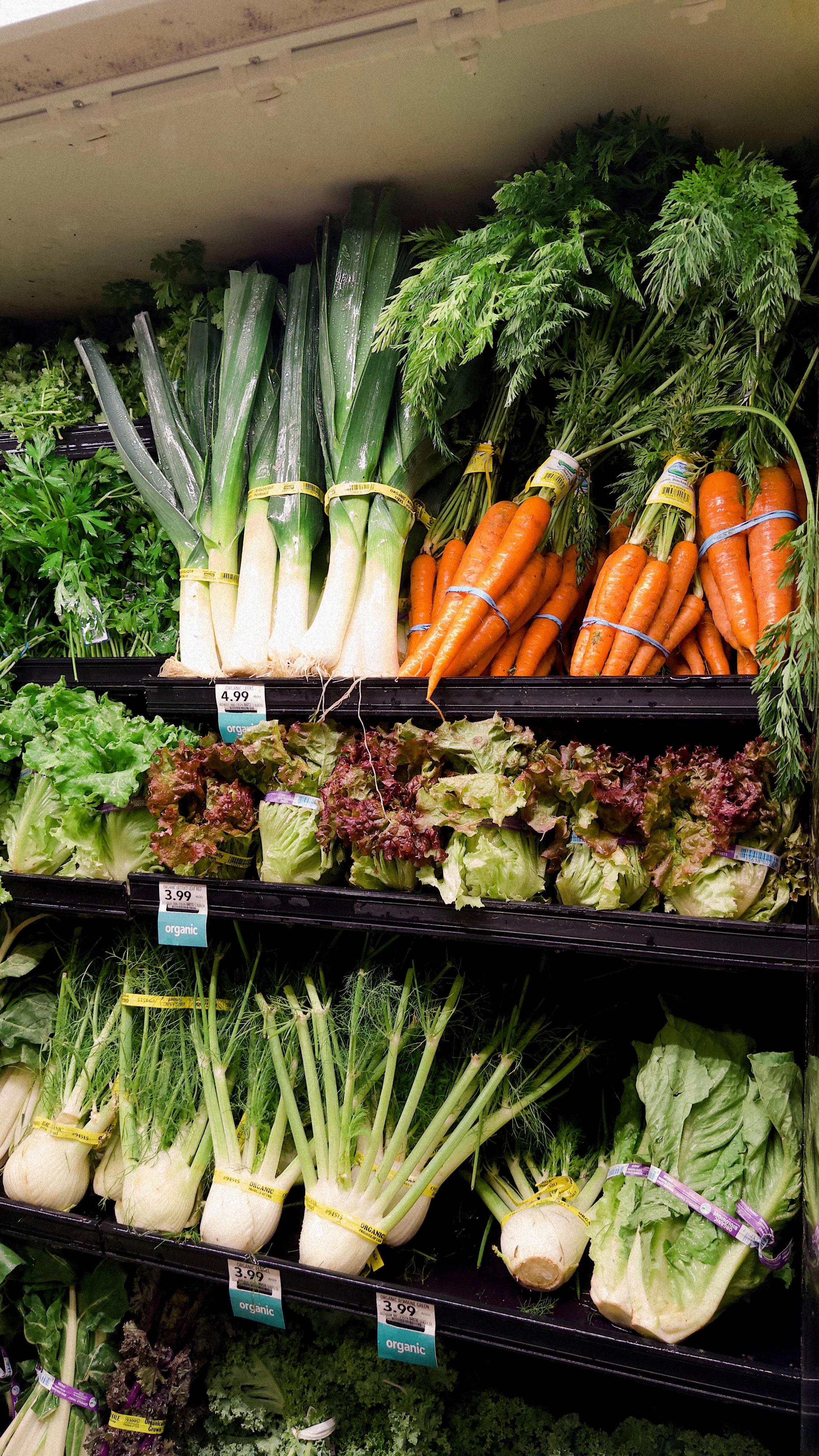
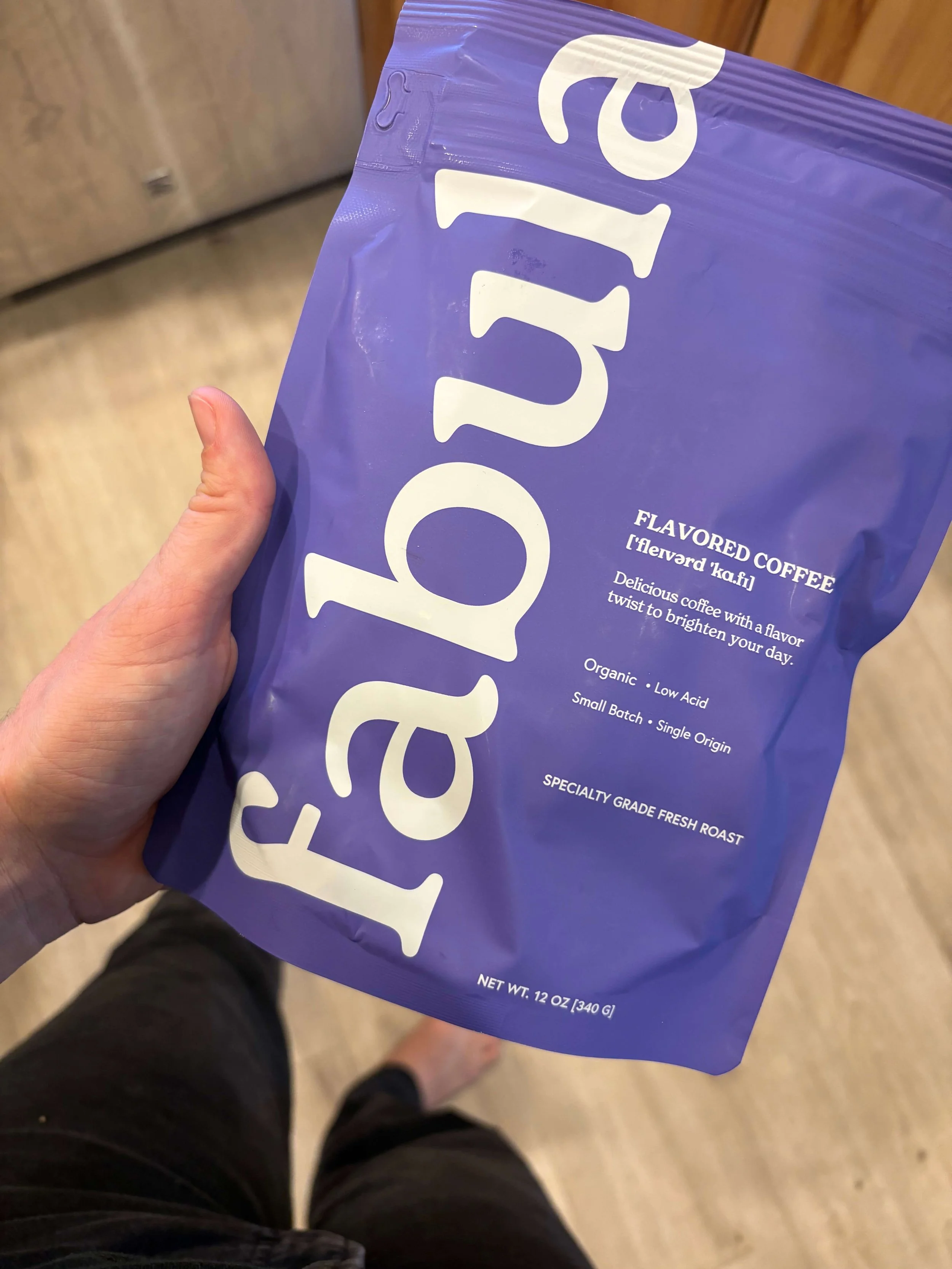

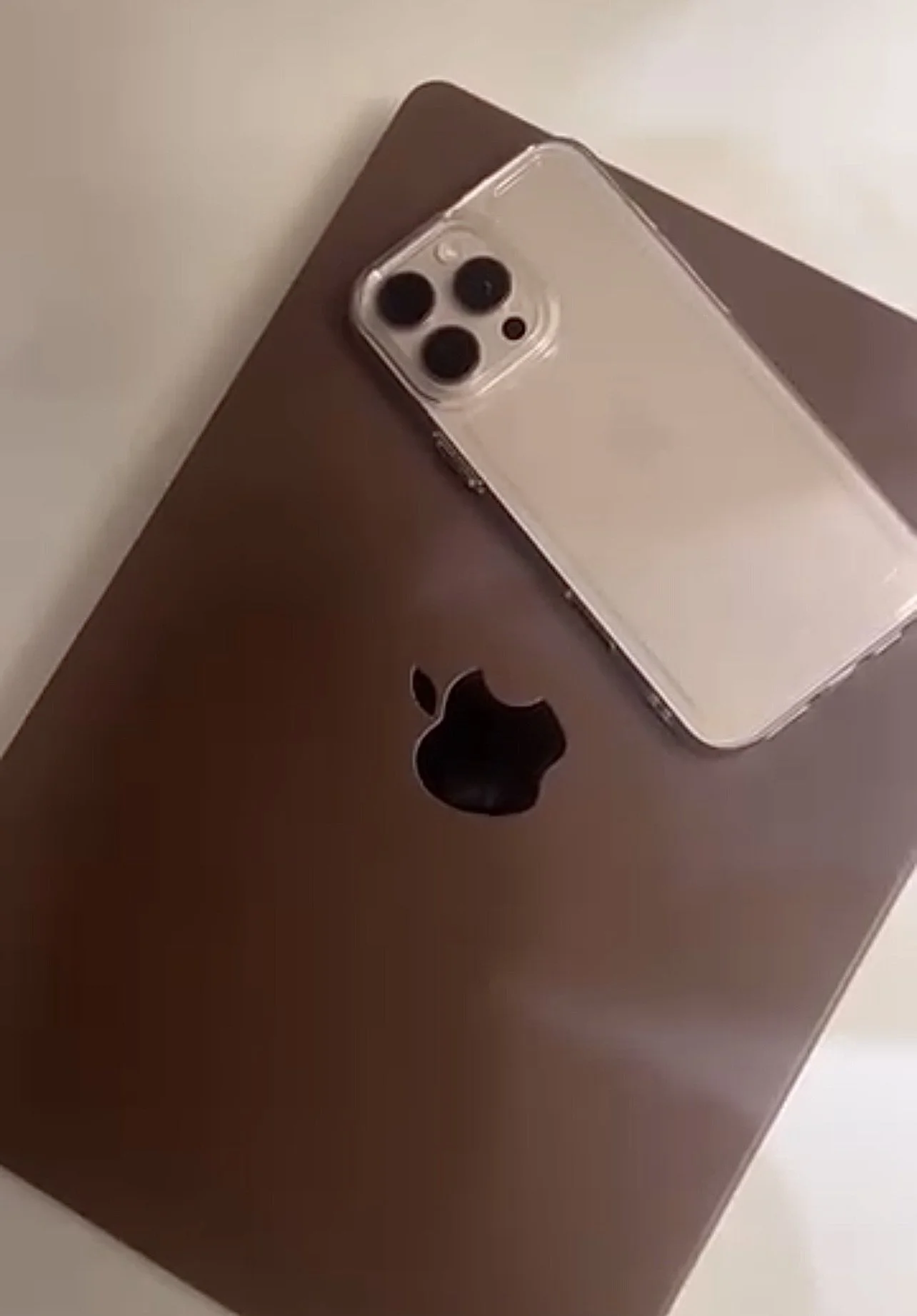

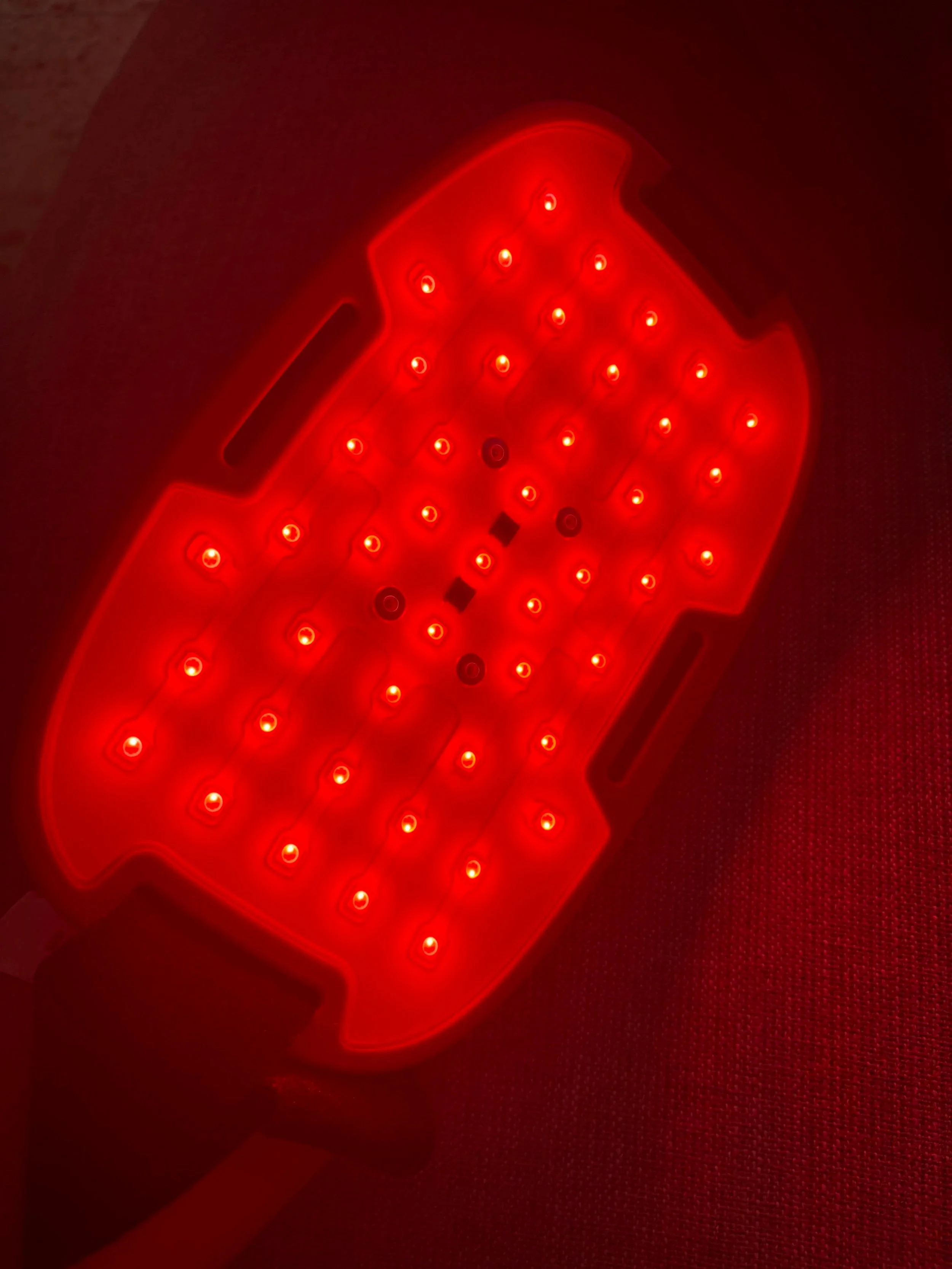

For those of you following my gray hair grow-out journey— here are the latest results from my gray blending appointment at the salon!